Sunshine Coast’s compact layout serves up a spoil of nature-based experiences in close proximity to each other, writes Mike Yardley.
Under a cavernous blue sky at day-break, I jumped out of bed like a frisky roo to commune with some of the Sunshine Coast’s rock stars – the eleven thrusting vertical rocky columns of the Glasshouse Mountains.
The mystifying Glasshouse Mountains
These magnificent volcanic outcrops crown the landscape like towering sentinels, looming large on the skyline from the southern entrance to the Sunshine Coast. The highest is Mount Beerwah at 556 metres above sea level, but the most identifiable is Mount Tibrogargan which from certain angles bears a resemblance to a face staring east towards the ocean. Their bewitching shapes have a transfixing quality and steeped in sacred ancient history for the Jinibara people. They clearly captivated the imagination of one passing James Cook, who was struck by “the singular form of their elevation”, which he found reminiscent of the glassmaking kilns of his native Yorkshire, and named them as such. For the Jinibara people, these craggy rocky peaks belong to a family of mountain spirits.
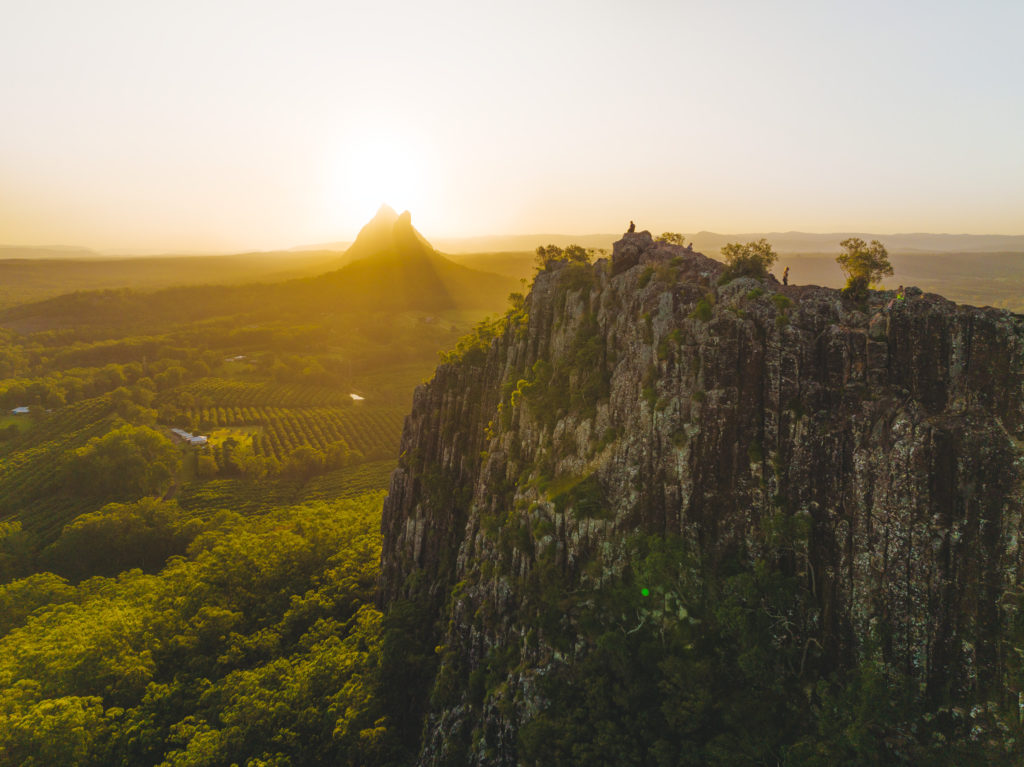
To commune up-close with these wondrous formations, head down Steven Irwin Way and follow the signs to the Glasshouse Mountains National Park, where are variety of short walking trails amplify their strutting grandeur. I knocked off the Mount Ngungun hike, a 60 minute return trail on a well graded track, with a few short, steep sections. After traversing open forest, the summit unfurls a sweeping and intimate view of some of Ngungun’s siblings, including Mt Tibrogargan, Mt Connowrin and Mt Beerwah. Communing with these rocky incisors in the morning calm is a spell-binding way to kickstart your day.
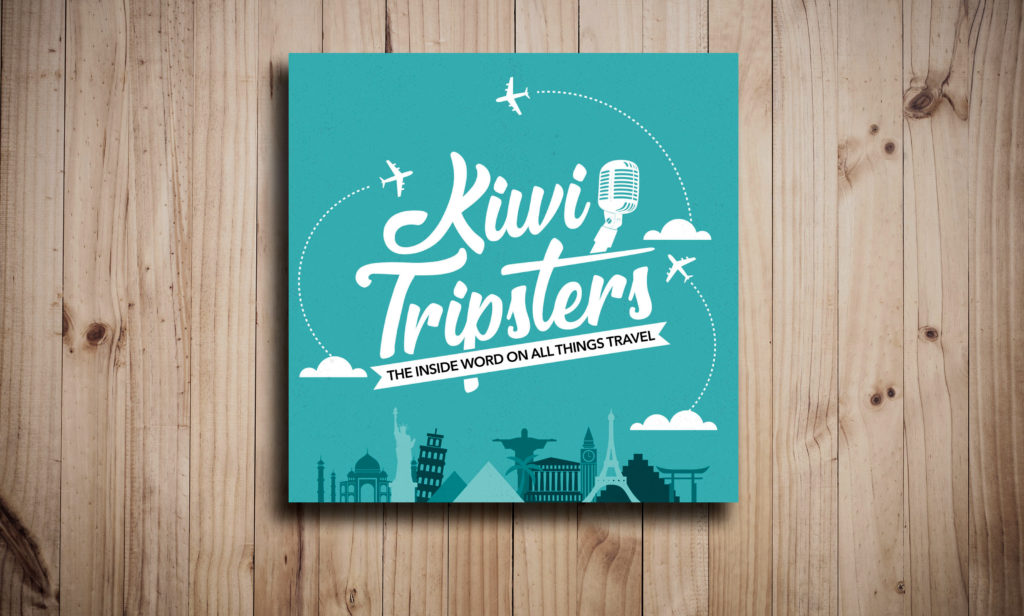
Rainbow Beach
From there, I jaunted up the M1 to the northern reaches of the Sunshine Coast at Rainbow Beach. Wedged between Fraser Island, Great Sandy National Park and the infinity sprawl of the Pacific Ocean, Rainbow Beach is a seaside show-stopper. Along the southern end of the beach, the Coloured Sands of the Cooloola coastline is a masterclass of nature’s wizardry. This polychromatic sandscape is composed of 72 varying shades of red, orange, amber, yellow and brown. This extravagant natural phenomenon of multi-hued sand dunes stretch for 8km, ranging in size from 80m to almost 200m in height. The radiant array of colours comes from iron oxide and vegetable dyes leached into the sand from the surrounding environment.
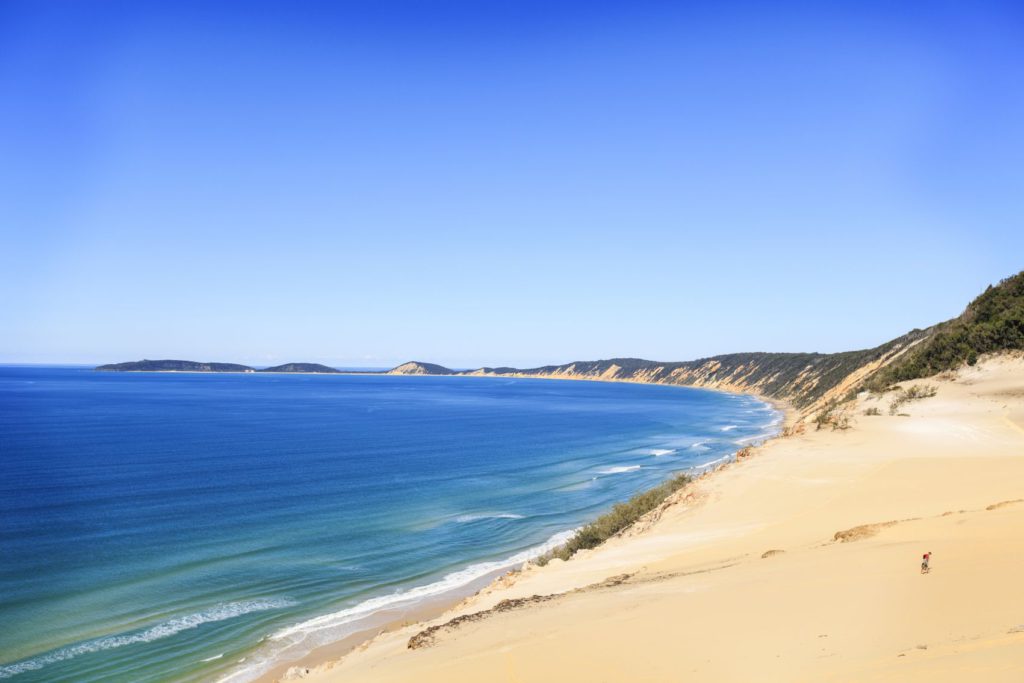
Another quirky novelty to add to the check-list is the Carlo Sand Blow, just behind those coastal dunes. It’s only a quick walk through the trees on a dedicated track to reach the viewing platform, where I was dumbstruck by the monstrous sand mass that’s piled up and consumed vast stands of trees, powered by the sheer force of the prevailing onshore wind. This sea of sand creeping slowly inland is a dynamic freak of nature. Time your visit for sunset and watch the hinterland transform into a molten glow, as you gaze down on the hulking sand mass, billowing up from the ocean.
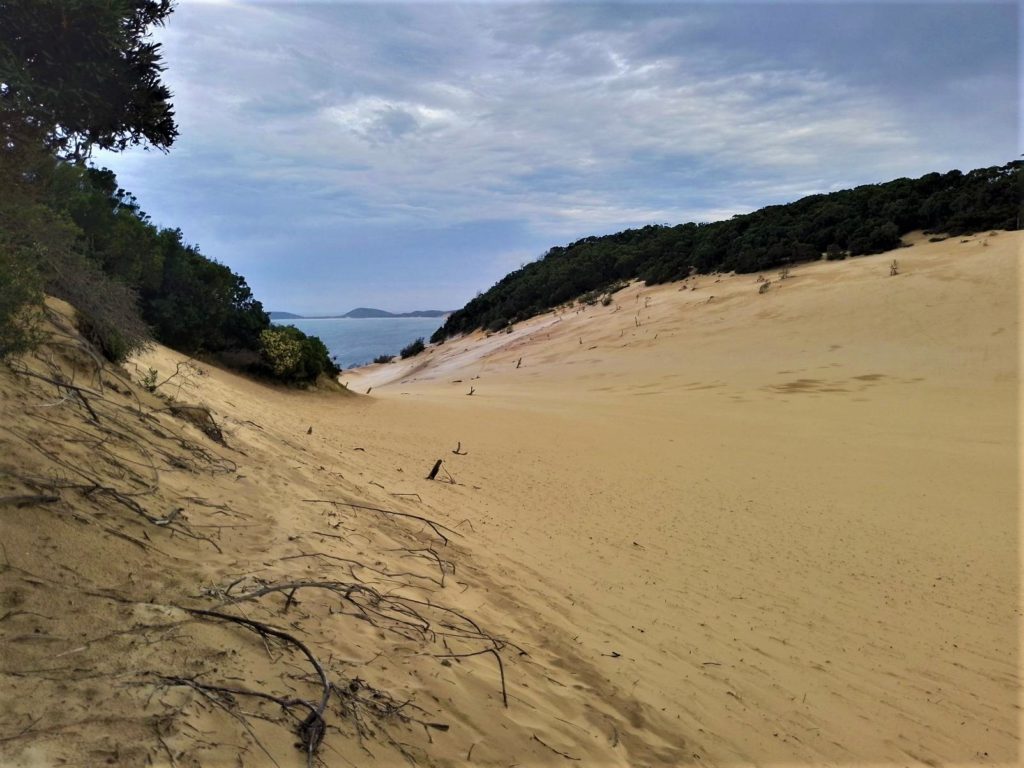
Beach Horse Rides at Rainbow Beach
A truly exceptional way to embrace the elements of Rainbow Beach is to saddle up with Rainbow Beach Horse Rides. Celebrating its 10th anniversary this month, this award-winning family enterprise is a wondrous way to savour the splendour of the beach. It had been ten years since I was last on a horse, but whether you’re a newbie to equine pursuits or a seasoned rider, Andrew McCarthy and his qualified team of effervescent guides, will get you ride-ready in minutes, with a crash course in stop and start.
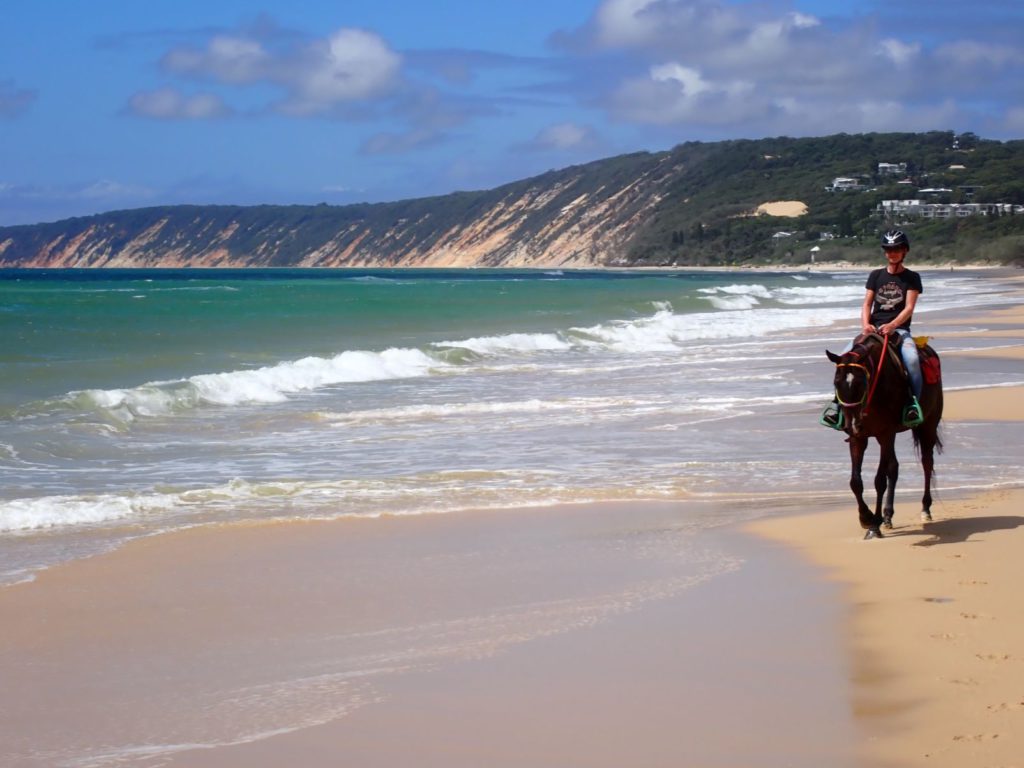
I was paired with a gorgeous 10 year old Brumby called Renegade. Thankfully his name belied his steadfastly gentle, attentive and compliant demeanour. Along with six other riders, we spent a wonderfully relaxed hour or so cantering along the butter yellow sands of Rainbow Beach, drenched in sunshine and entranced by the rhythmic freedom of riding a horse in such a cracking setting. It was a fantastic experience and you could not wish for better behaved horses. Andrew and his team also offer multi-day rides in the hinterland during the winter months, if you want to take your equine adventures next-level! www.rbhr.com.au
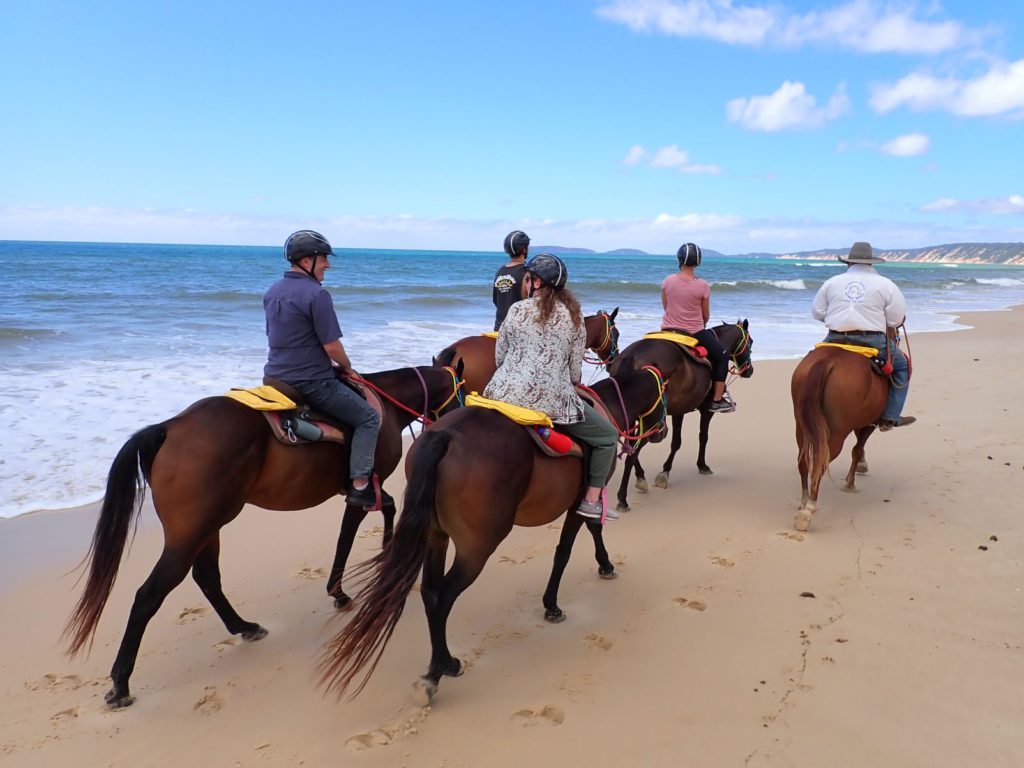
Tin Can Bay
A short drive from Rainbow Beach brings you to the small fishing town of Tin Can Bay. As the sun rose like a ripe peach, I jaunted to Barnacles Café to revel in the rare opportunity to feed and interact with wild Australian Humpback dolphins. Situated at Norman Point overlooking Snapper Creek, it’s a a serene setting for this novel dolphin experience. Snapper Creek has a resident pod of 9 Humpbacks led by the Alpha Male, Mystique, while the rest of his pod consists of Patch, Ella, Squirt, Harmony, Aussie, Valentine, Chompy and White Fin.
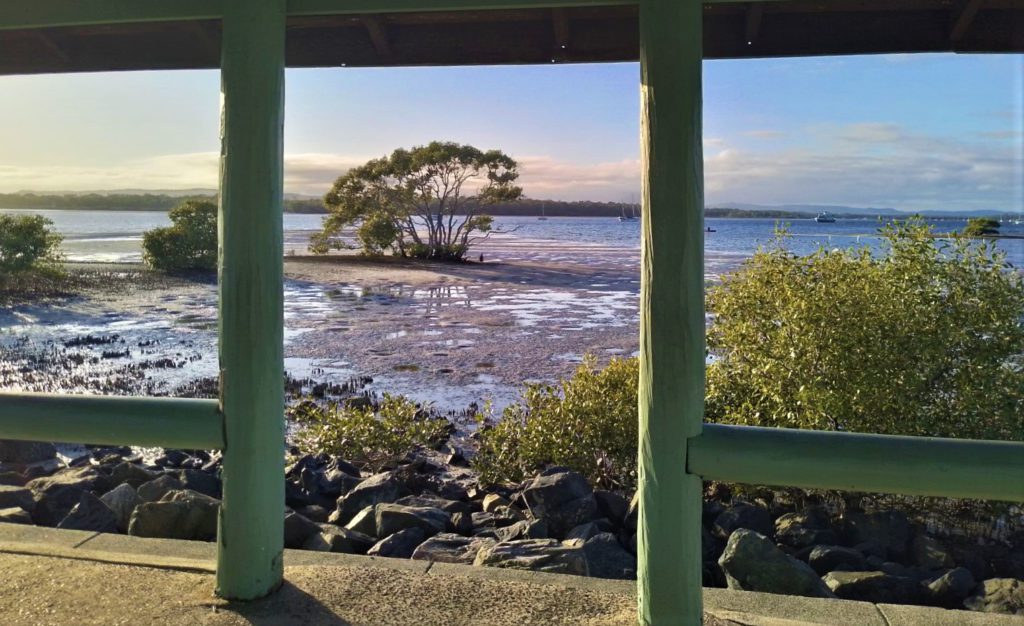
A huge crowd of punters were up early to join in the 8am feeding. It will cost you $10 for a bucket of seafood. The dolphins live on a diet of fish, prawns, molluscs, crabs, squid and octopus. It’s a tightly controlled affair by marine biologists with only a small group of people allowed in the water at any one time, while a maximum quota of 3kg of fish is fed to a dolphin. Get amongst this graceful encounter!
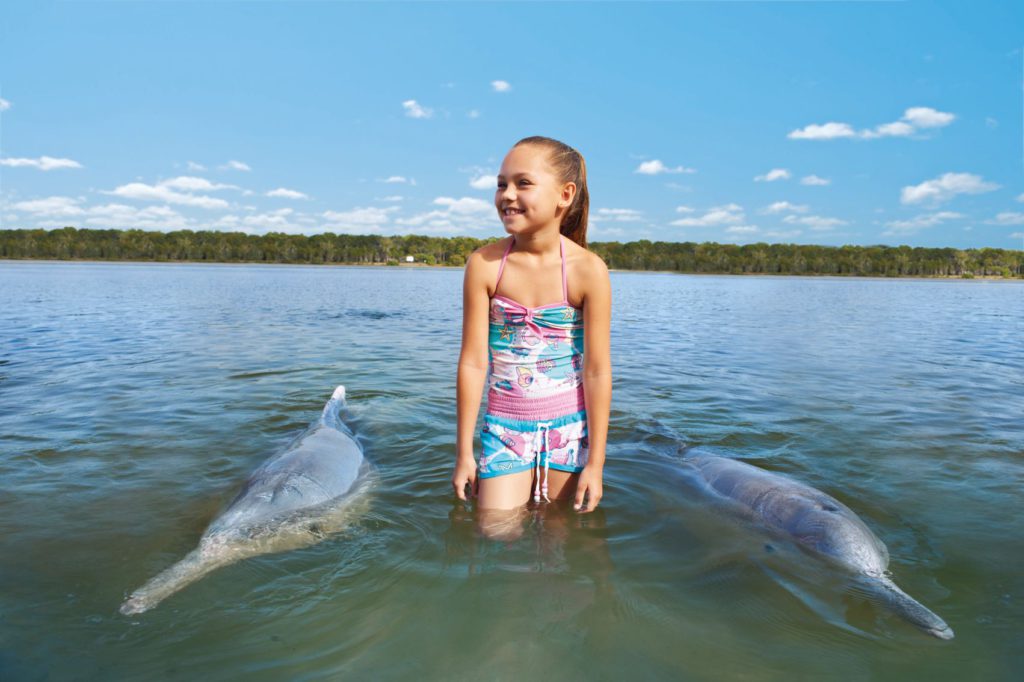
Where to stay in Rainbow Beach? Debbie’s Place is a blissful roost conveniently perched just off the main street. This boutique property offers free covered parking, free WiFi and spaciously-sized air-conditioned rooms with a microwave, fridge, tea/coffee, smart TV and DVD. Debbie is a charismatic host who within minutes of meeting proudly declared that her husband left her for his girlfriend 22 years ago and “it was the happiest day of my life.” She’s an absolute hoot who will treat you like a star.
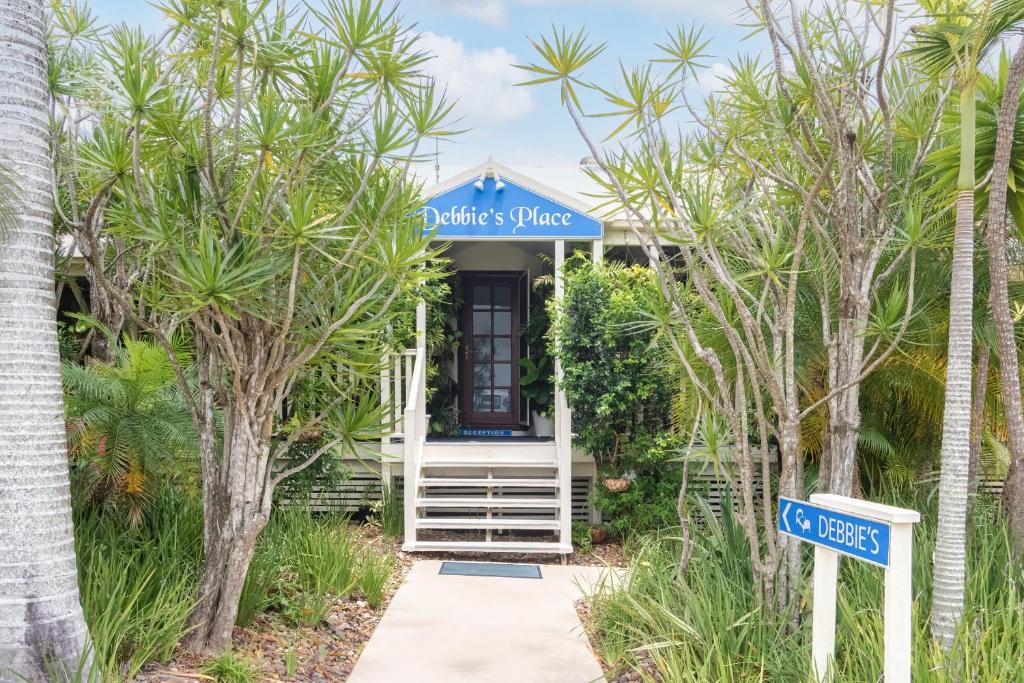
Village of Kia Ora in Gympie
Just out of Rainbow Beach, on the drive to Gympie, a curious little diversion led me to the village of Kia Ora. With a population of just 200, for the past century the school and the village has been called Kia Ora. Why? The story goes that two brothers, George and James Elliott, who bought up various properties to prepare the land for dairy farming adopted the area name of Kai Ora. It was at the recommendation of their sister Agnes who thought their farming venture needed good luck. She had read that Kia Ora meant “good luck” in te reo Māori.
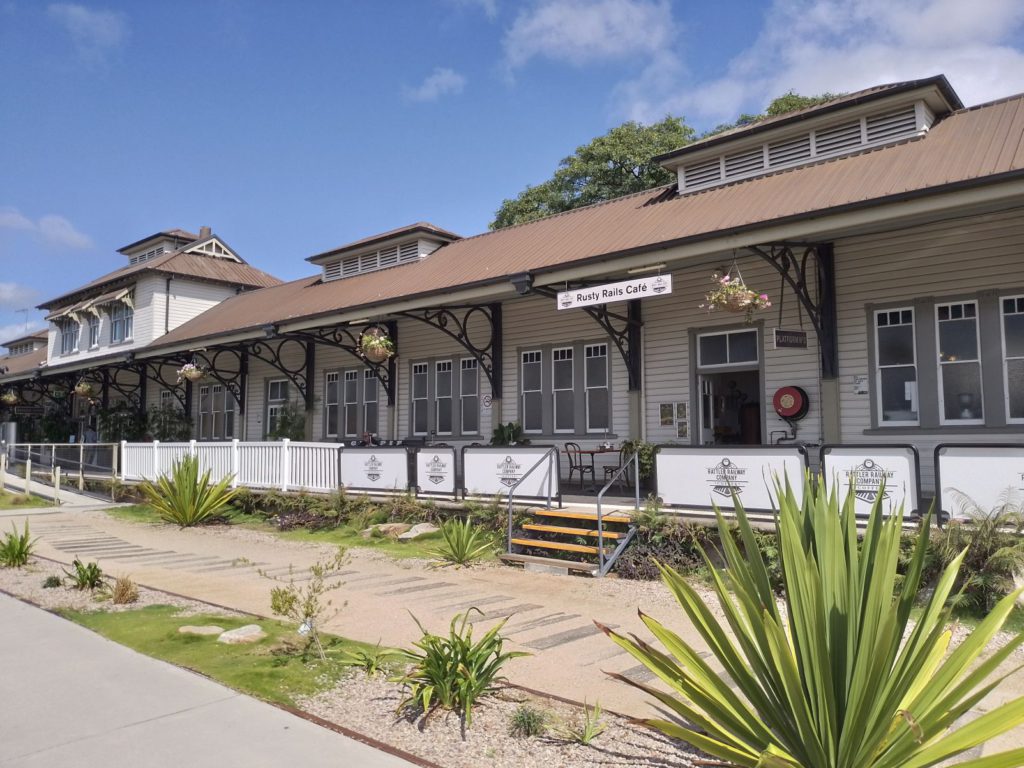
If you happen to be a bit of a trainspotter like myself, an essential experience to thread into your sightseeing is the Mary Valley Rattler. Based in Gympie, the Mary Valley Rattler Tasting Train blends rail heritage with the extraordinary array of fresh and flavourful artisanal produce that’s abundant in Gympie. The Mary Valley Rattler Tasting train is a thoroughly indulgent experience on board the Heritage Railmotor RM76 which operated a century ago.
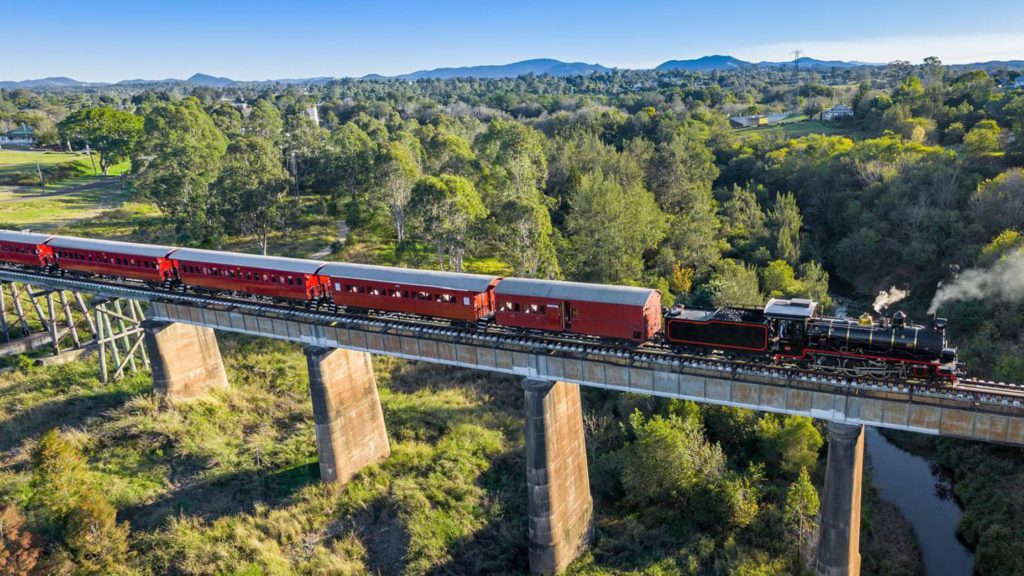
Now powered by passionate volunteers who will treat you royally, I heartily feasted from my on-board Tasting Plate prior to indulging in a two-course lunch at the historic Gympie Station. The evocative old train steams across the Mary River, lopes around photogenic rolling hills, through the small township of Dagun and as far as sweet little Amamoor. It’s a true classic on the tracks and Australia’s third biggest heritage railway.
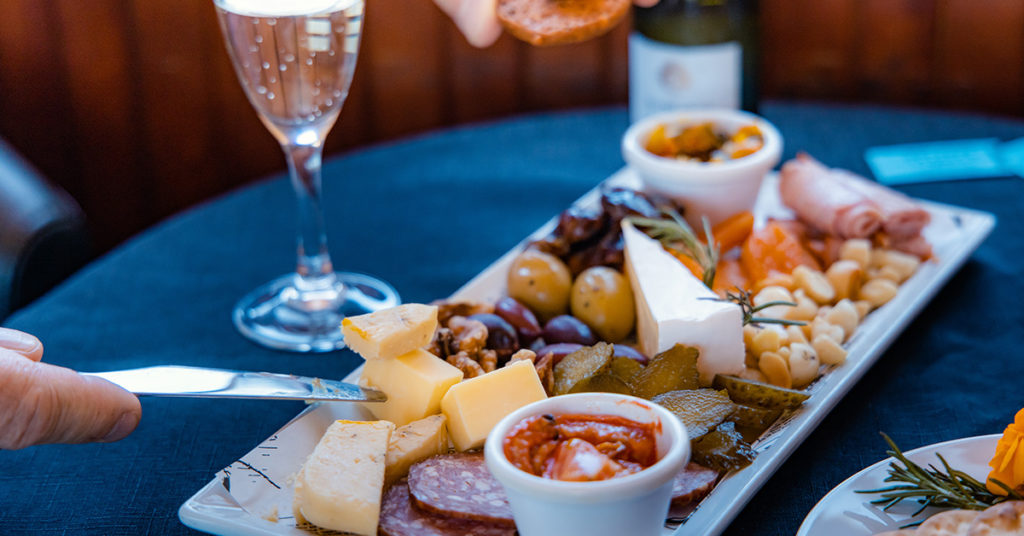
While in town, call into the Gympie Gold Museum which does a sterling job illustrating the game-changing history of this colourful town. The discovery of gold in 1867 set Gympie on a path to be “the town that saved Queensland from bankruptcy.” By 1866, barely a decade since the colony had formed, Queensland was on the cusp of ruin due to severe drought. In desperation, the government offered a three thousand pound reward for the discovery of gold. James Nash unearthed a significant find in Gympie’s Mary River a year later, unleashing a major gold rush. It transformed the fortunes of the fledgling state and cemented Gympie’s stature as Queensland’s saviour.
Visit the Sunshine Coast website for more information
Fly to Queensland with Qantas

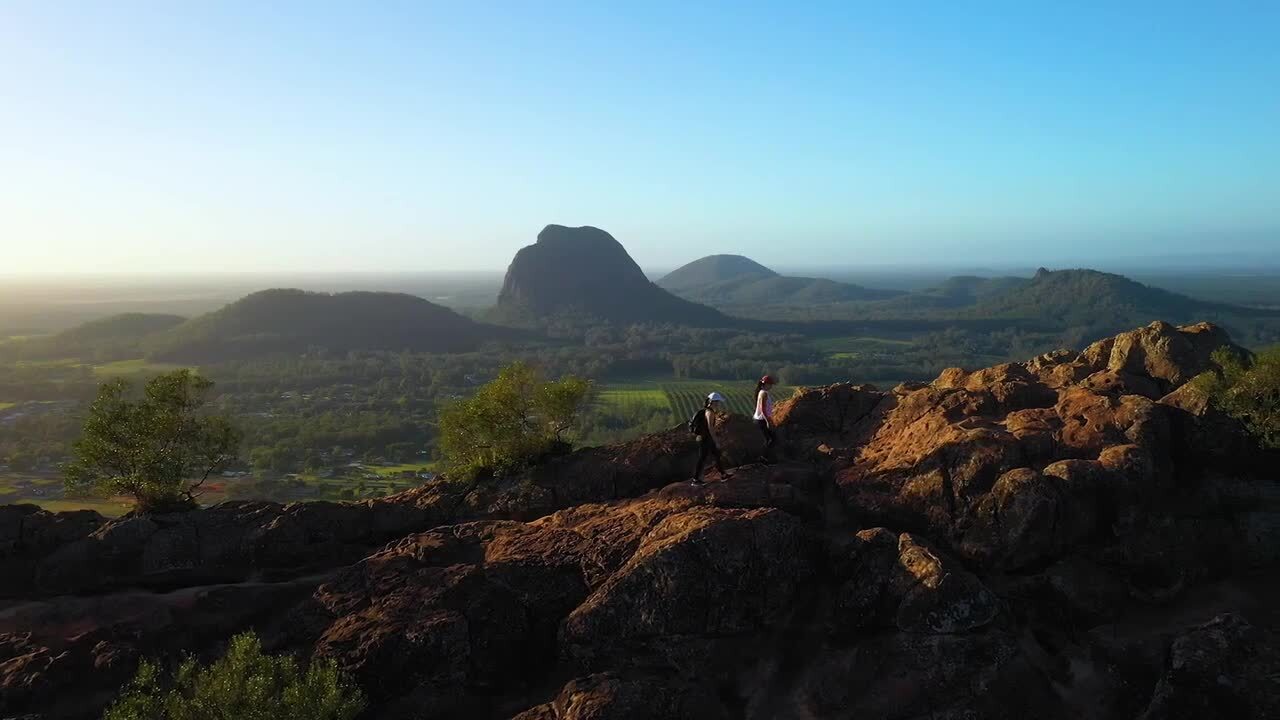
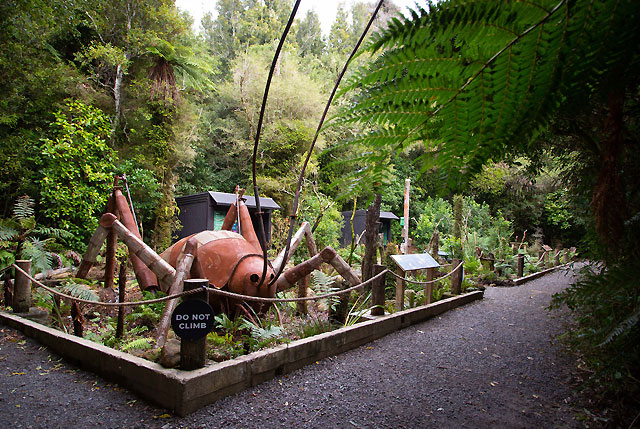
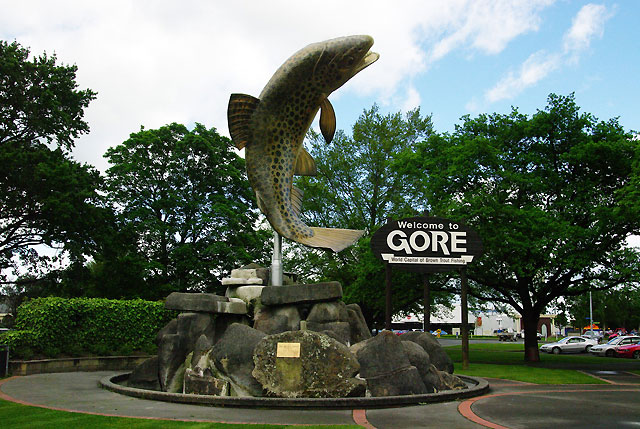
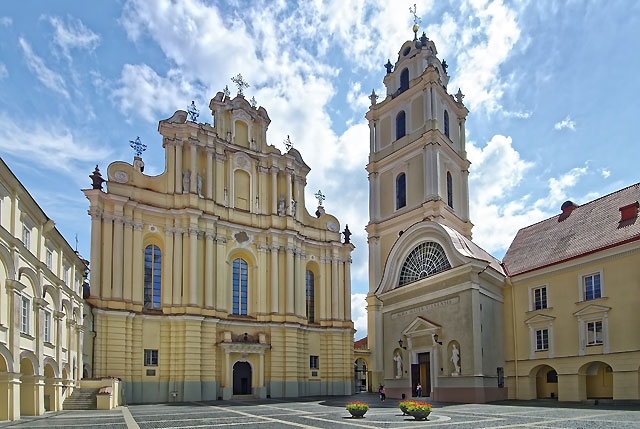
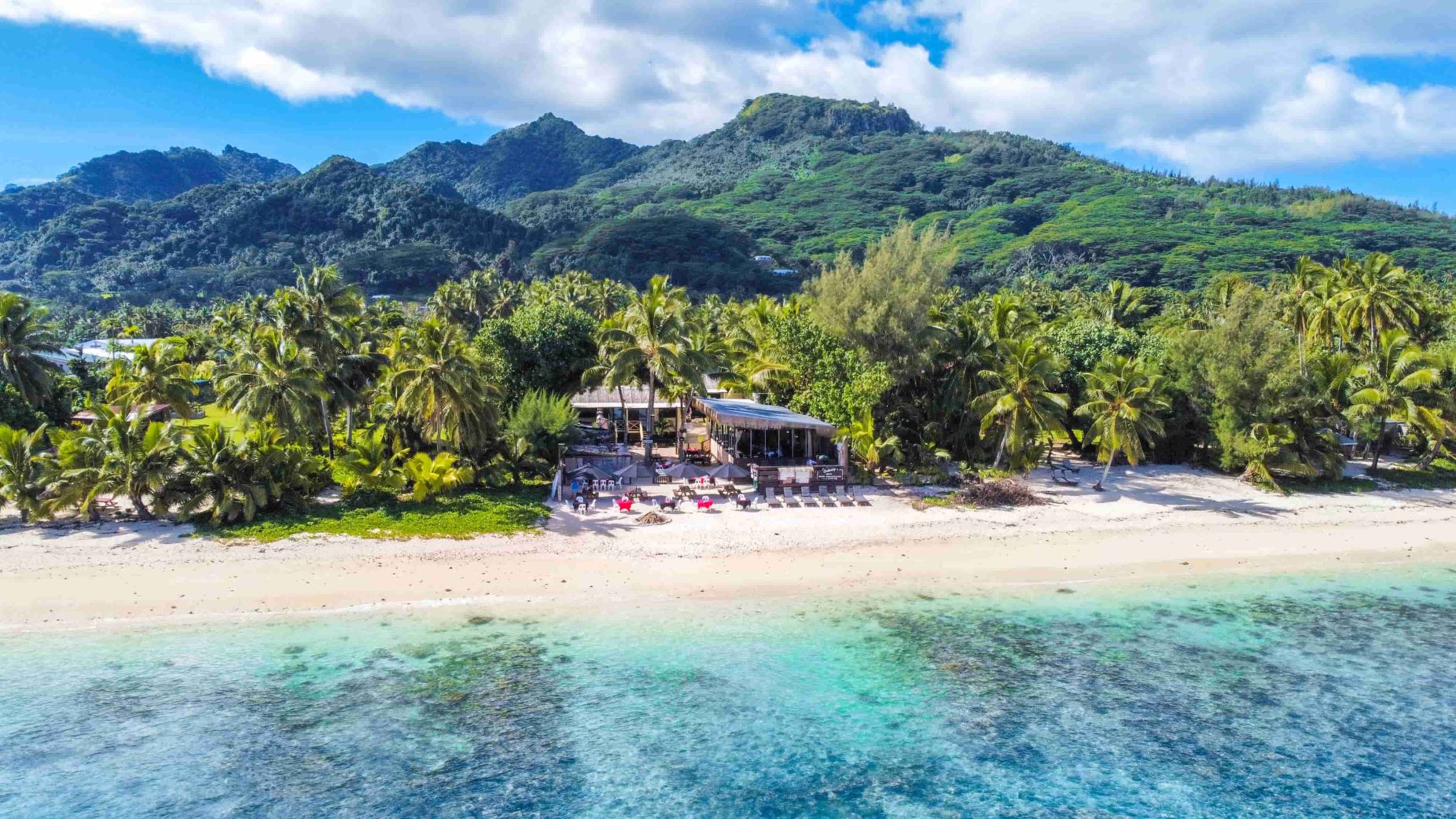
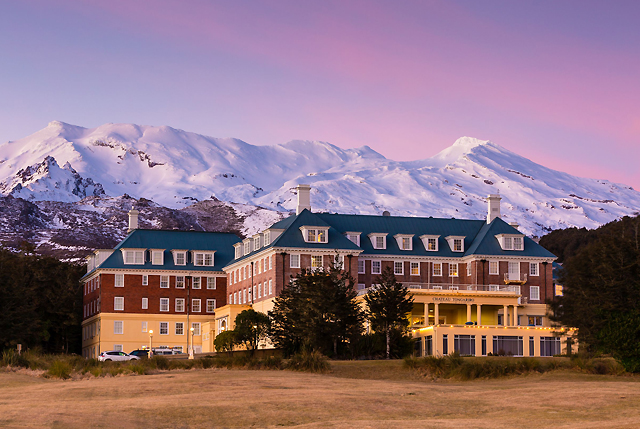
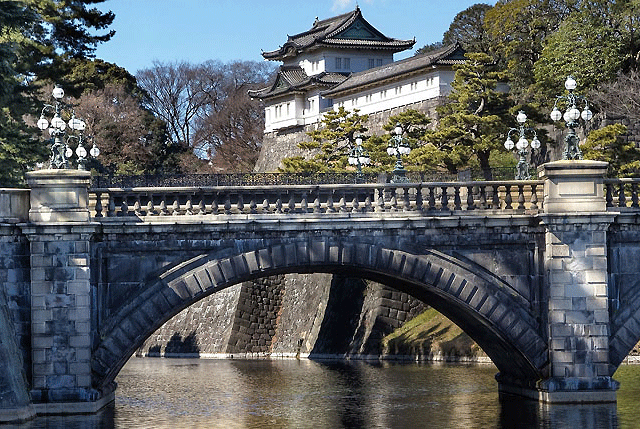
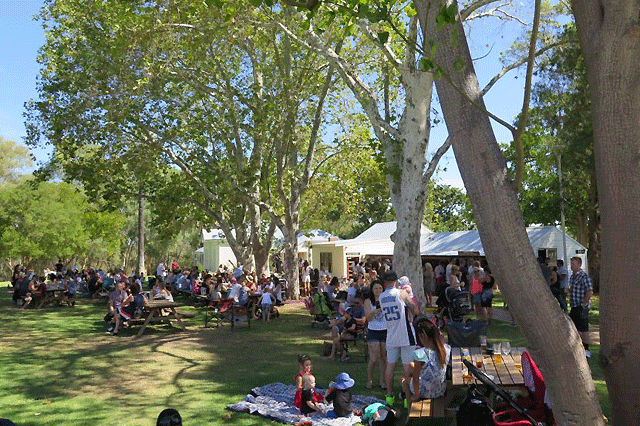
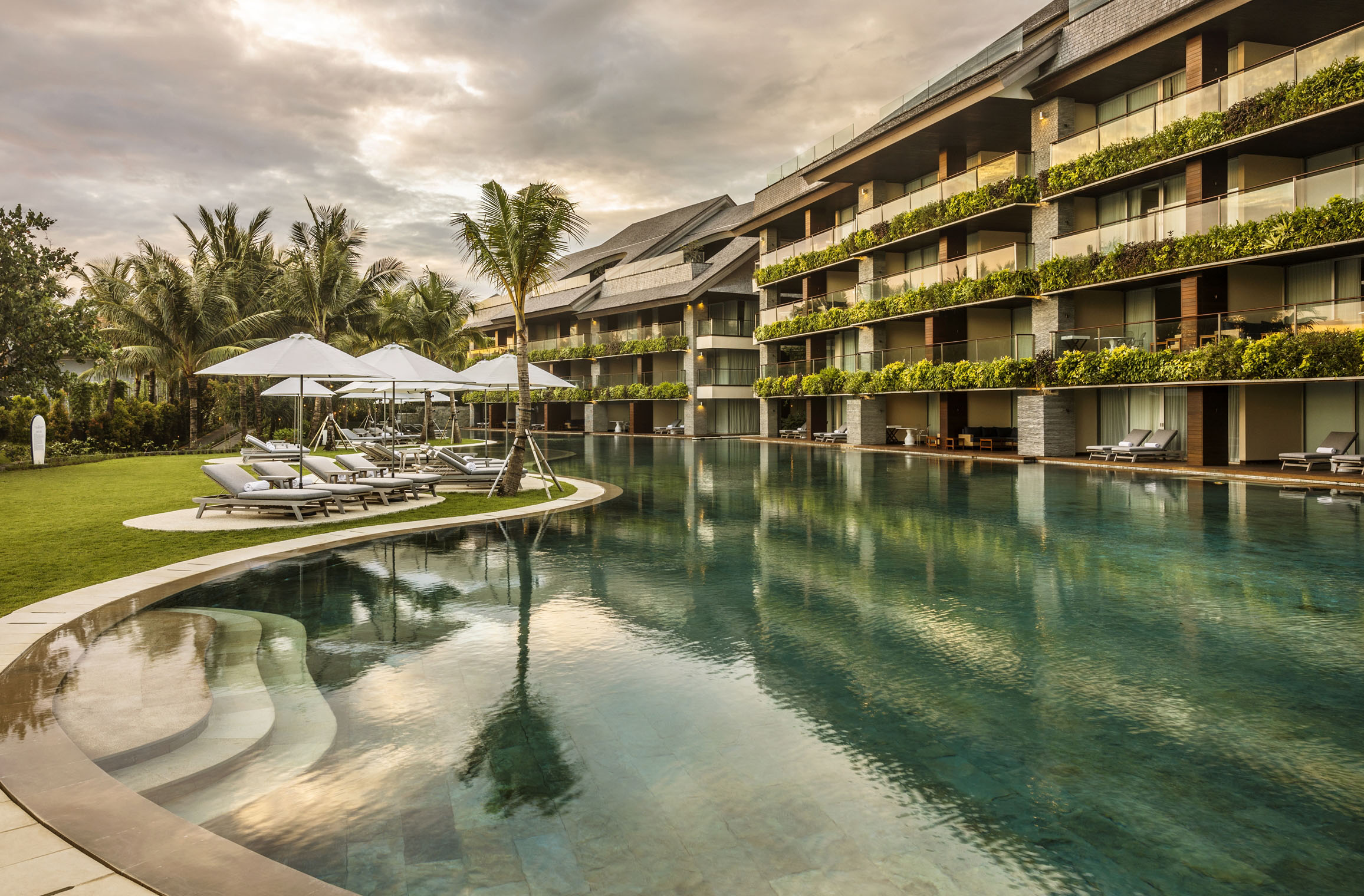
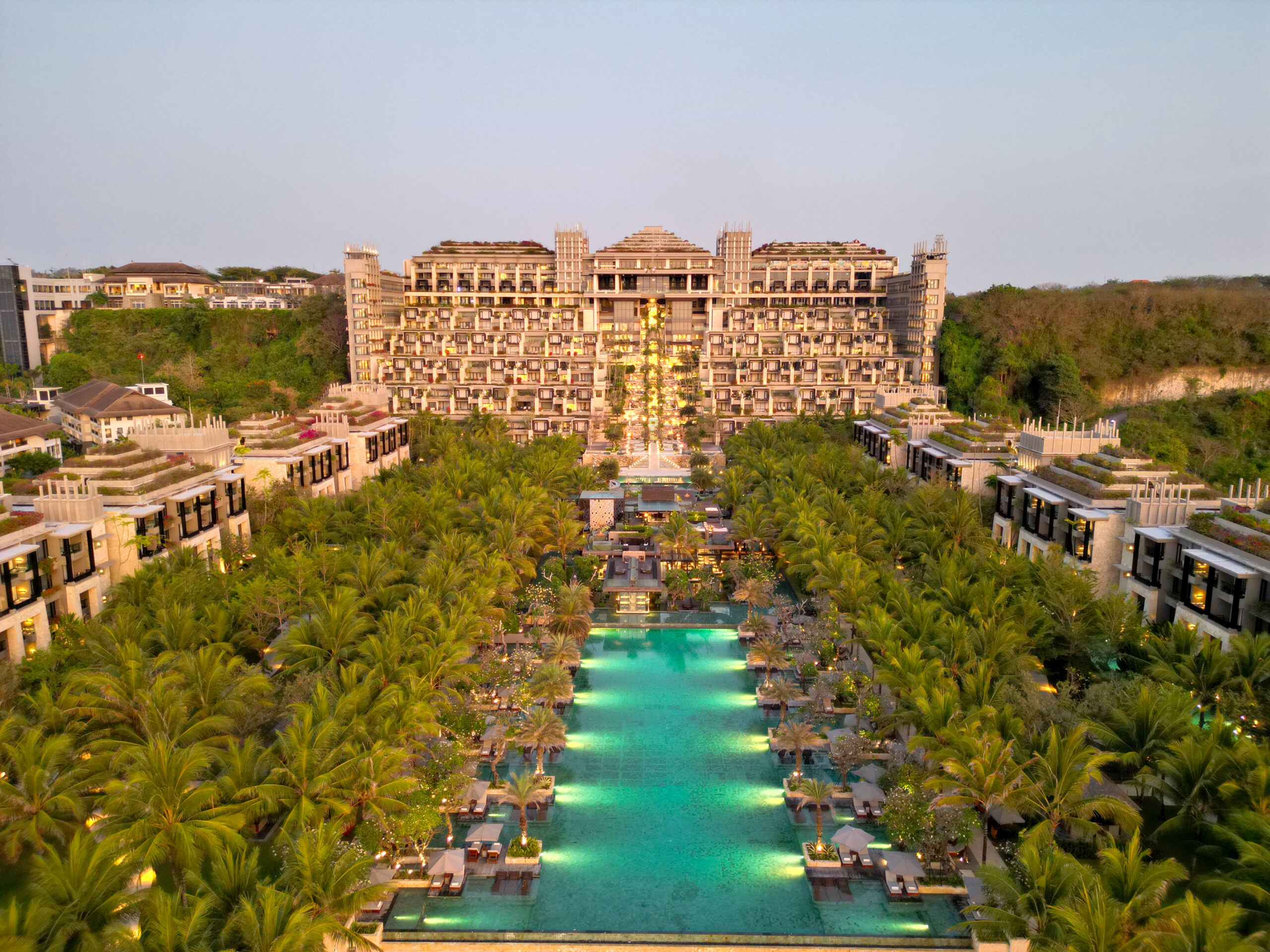
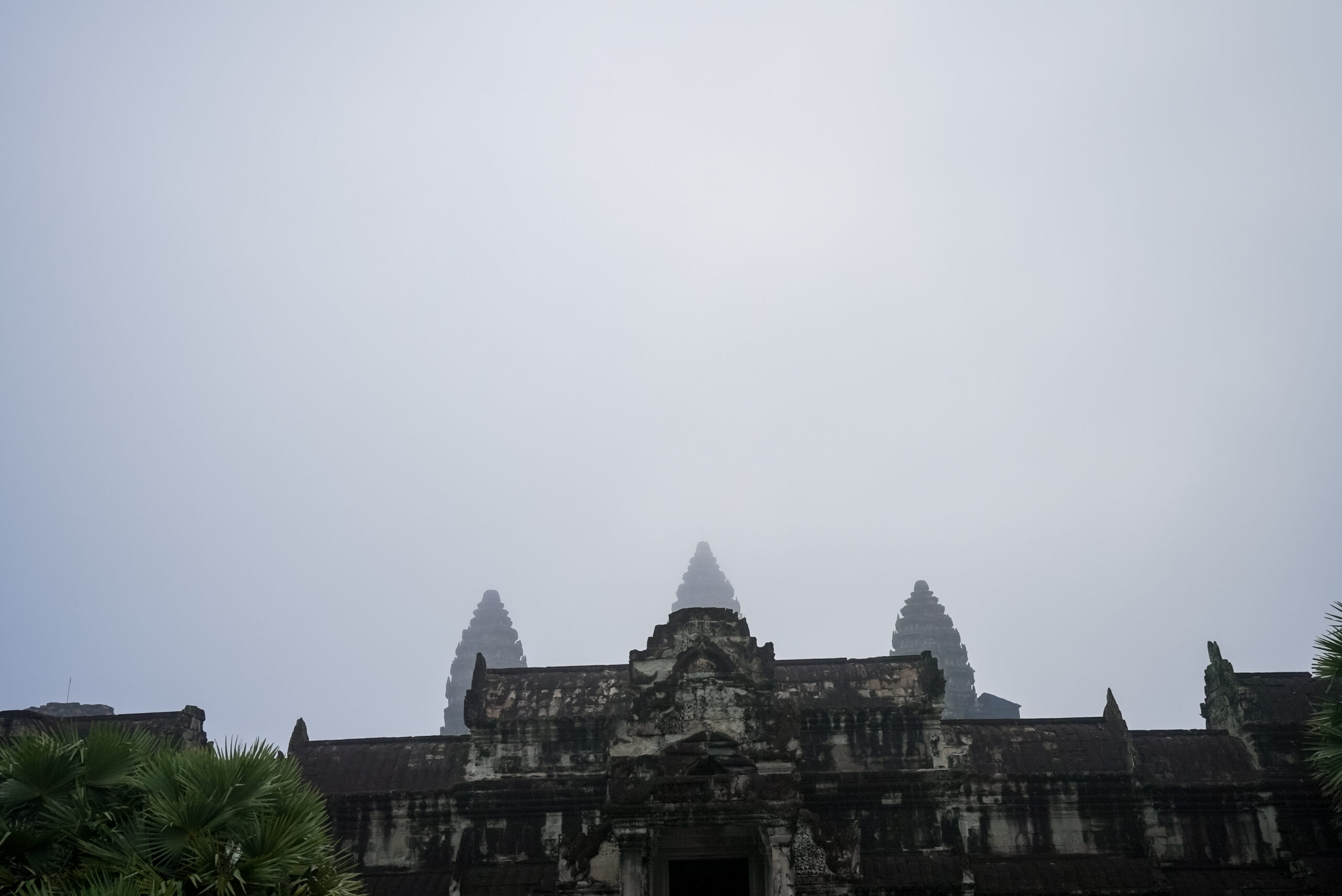
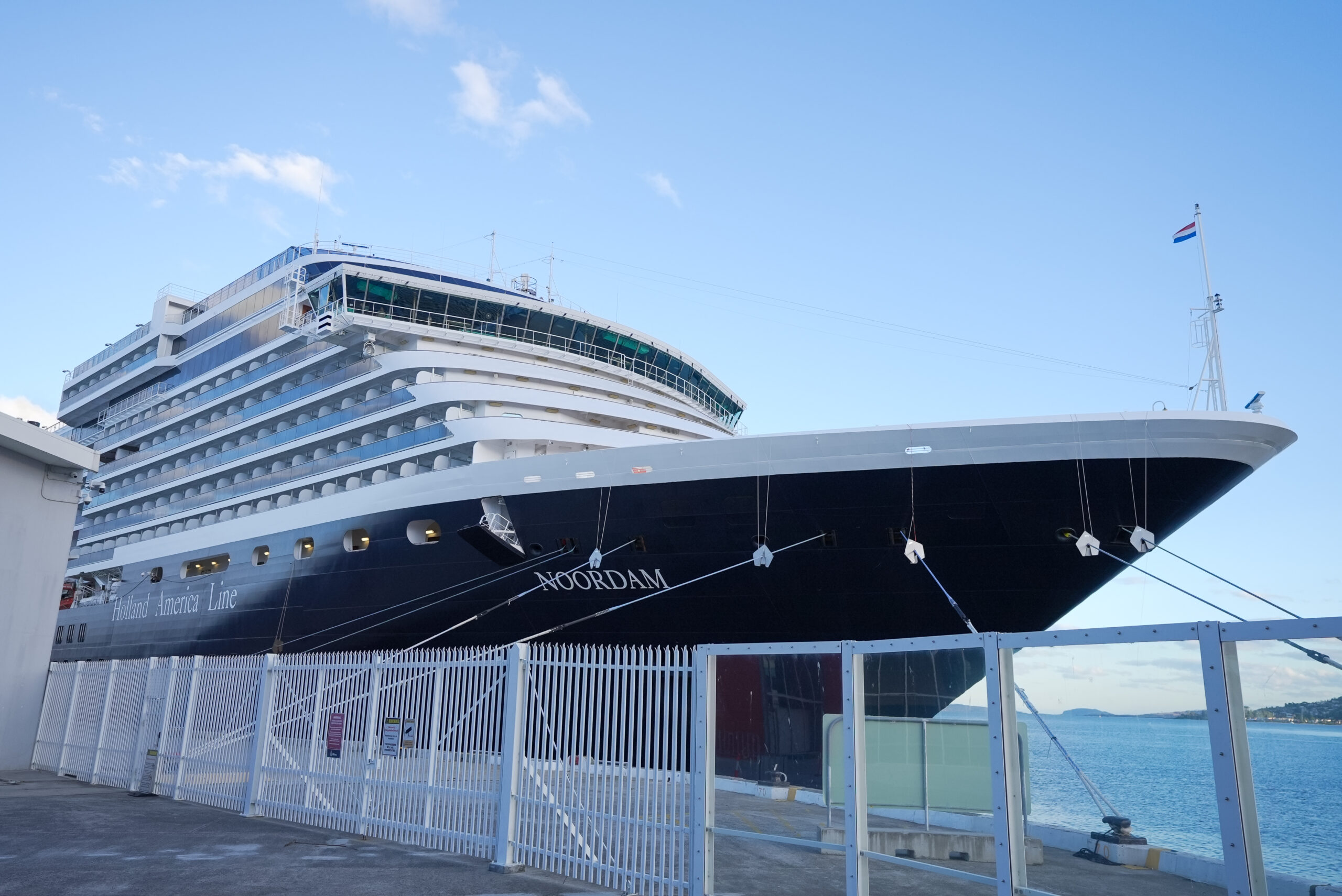
Recent Comments